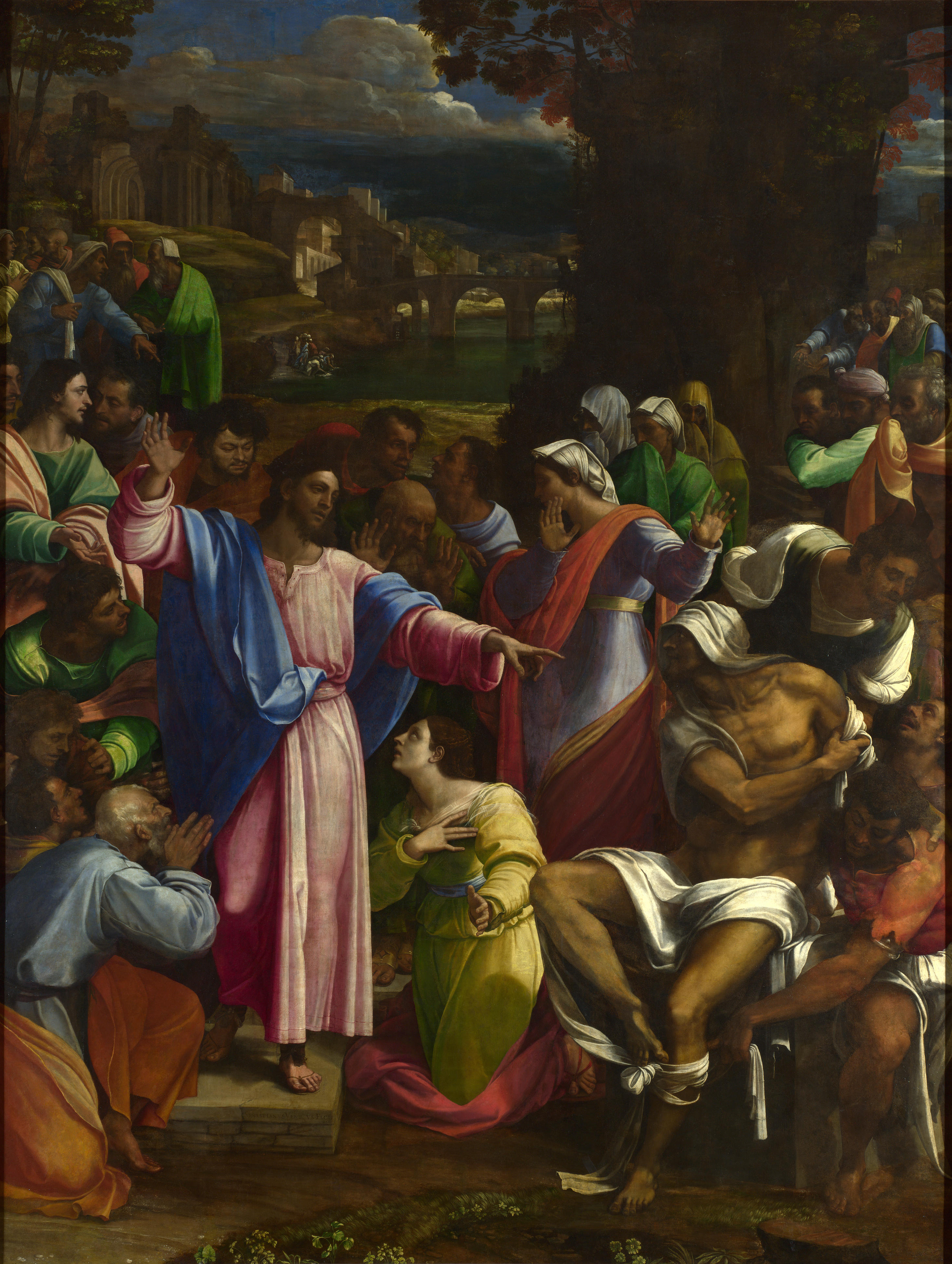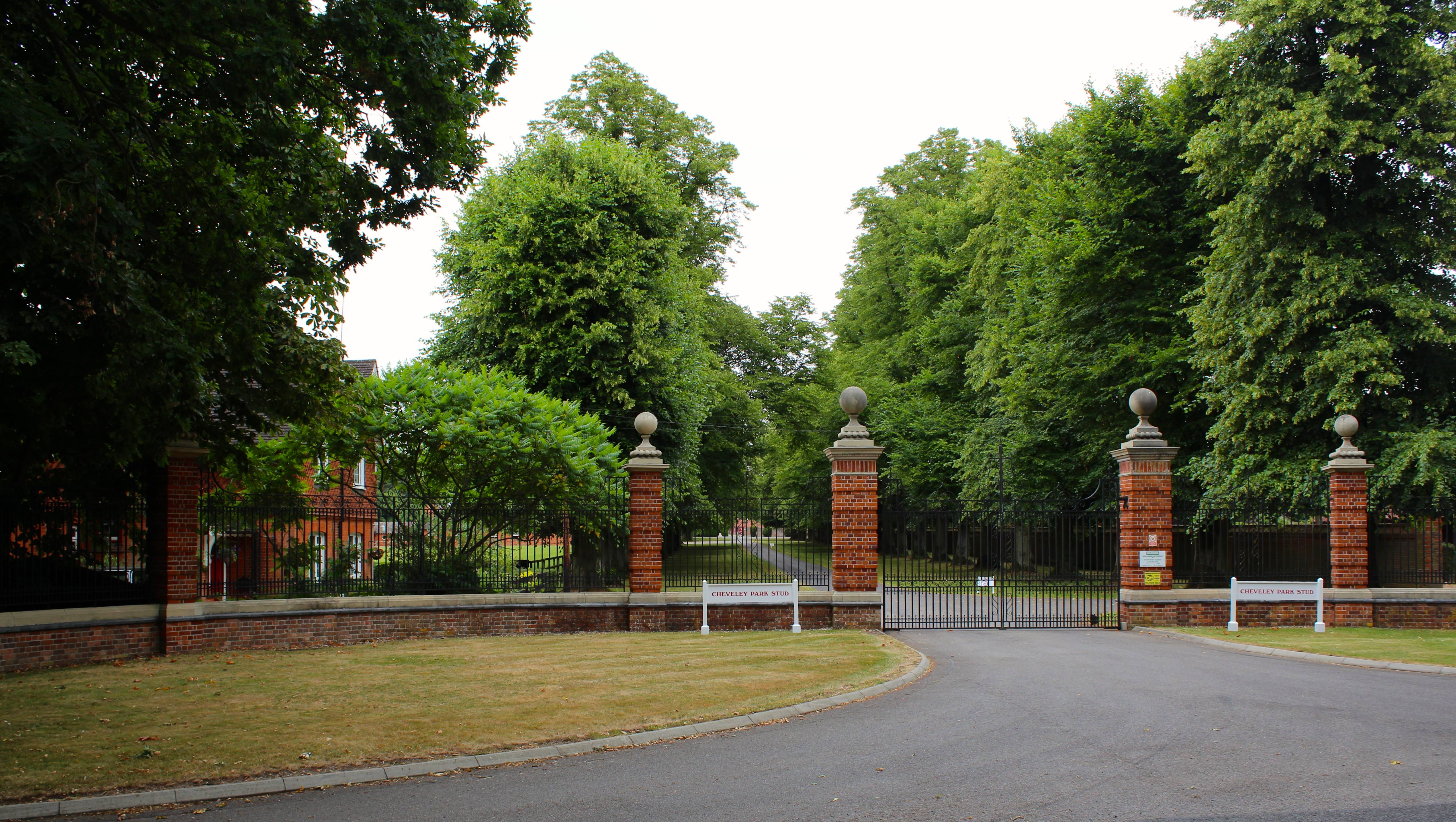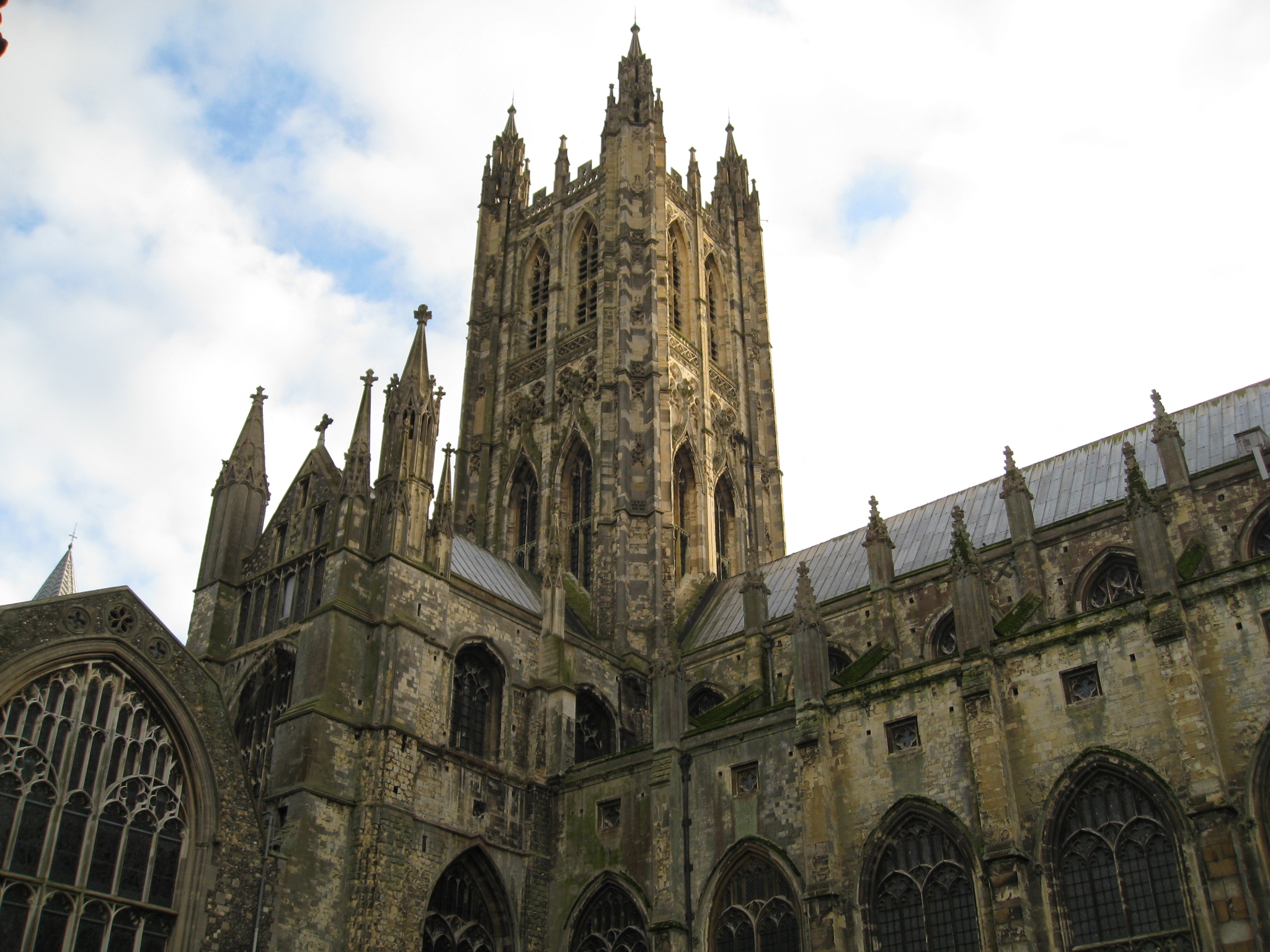|
Pamela (paintings)
''Pamela'' is a series of twelve paintings by the English artist Joseph Highmore, produced between 1741 and 1743 as the basis for a set of prints. They are free adaptations of scenes from the novel ''Pamela, or Virtue Rewarded'' by Samuel Richardson. They are now divided equally between the National Gallery of Victoria, the Fitzwilliam Museum and Tate Britain. History The book was already a popular one for painters - the younger artist Francis Hayman had produced designs for Gravelot's engravings for the 1742 edition as well as a pair of scenes from the novel for Vauxhall Gardens, also around 1742 (one is lost and the other is now in the National Trust's collections at Sizergh Castle). Highmore painted his own series of twelve works between 1741 and 1743 and on 16 February 1744 advertised that ten of them were ready to be viewed at his studio, with another advertisement on 10 May announcing that all twelve paintings in the set were complete. The first advertisement also stated ... [...More Info...] [...Related Items...] OR: [Wikipedia] [Google] [Baidu] |
Joseph Highmore
Joseph Highmore (13 June 1692 – 3 March 1780) was an English painter of portraits, conversation pieces and history subjects, illustrator and author. After retiring from his career as a painter at the age of 70, he published art historical and critical articles.West, S. ''Highmore, Joseph'' Grove Art Online. Retrieved 18 March 2022 Life Highmore was born in , the third son of Edward Highmore, a coal merchant, and nephew of Thomas Highmore, |
A Rake's Progress
''A Rake's Progress'' (or ''The Rake's Progress'') is a series of eight paintings by 18th-century English artist William Hogarth. The canvases were produced in 1732–1734, then engraved in 1734 and published in print form in 1735. The series shows the decline and fall of Tom Rakewell, the spendthrift son and heir of a rich merchant, who comes to London, wastes all his money on luxurious living, prostitution and gambling, and as a consequence is imprisoned in the Fleet Prison and ultimately Bethlem Hospital (Bedlam). The original paintings are in the collection of Sir John Soane's Museum in London, where they are normally on display for a short period each day. The filmmaker Alan Parker has described the works as an ancestor to the storyboard. Paintings I – ''The Heir'' In the first painting, Tom has come into his fortune on the death of his miserly father. While the servants mourn, he is measured for new clothes. Although he has had a common-law marriage with her, he now ... [...More Info...] [...Related Items...] OR: [Wikipedia] [Google] [Baidu] |
Kenwood House
Kenwood House (also known as the Iveagh Bequest) is a former stately home in Hampstead, London, on the northern boundary of Hampstead Heath. The house was originally constructed in the 17th century and served as a residence for the Earls of Mansfield during the 18th and 19th centuries. The house and part of the grounds were bought from the 6th Earl of Mansfield in 1925 by Edward Guinness, 1st Earl of Iveagh, and donated to the nation in 1927. The entire estate came under ownership of the London County Council and was open to the public by the end of the 1920s. It remains a popular local tourist attraction. Location The house is at the north edge of Hampstead Heath, to the south of Hampstead Lane (the B519). It is in the London Borough of Camden, just south of its boundary with the London Borough of Haringey. History Early history The original house on the property was presumed to have been built around 1616 by the King's Printer, John Bill, and was known as Caen Wood House. I ... [...More Info...] [...Related Items...] OR: [Wikipedia] [Google] [Baidu] |
The Argus (Melbourne)
''The Argus'' was an Australian daily morning newspaper in Melbourne from 2 June 1846 to 19 January 1957, and was considered to be the general Australian newspaper of record for this period. Widely known as a conservative newspaper for most of its history, it adopted a left-leaning approach from 1949. ''The Argus''s main competitor was David Syme's more liberal-minded newspaper, '' The Age''. History The newspaper was originally owned by William Kerr, who was also Melbourne's town clerk from 1851–1856 and had been a journalist at the '' Sydney Gazette'' before moving to Melbourne in 1839 to work on John Pascoe Fawkner's newspaper, the ''Port Phillip Patriot''. The first edition was published on 2 June 1846. The paper soon became known for its scurrilous abuse and sarcasm, and by 1853, after he had lost a series of libel lawsuits, Kerr was forced to sell the paper's ownership to avoid financial ruin. The paper was then published by Edward Wilson. By 1855, it had a daily ... [...More Info...] [...Related Items...] OR: [Wikipedia] [Google] [Baidu] |
Alfred Felton
Alfred Felton (8 November 1831 – 8 January 1904) was an Australian entrepreneur, art collector and philanthropist. Biography Alfred Felton was born at Maldon, Essex, England, the fifth child of six sons and three daughters of William Felton, a currier, and his wife Hannah.Poynter, John. 2003. ''Mr Felton's Bequests''. Melbourne: The Miegunyah Press. Felton travelled to Victoria on the ship ''California'' in 1853 intending to search for gold. In 1857, he was in business in Collins Street, Melbourne, as a commission agent and dealer in merchandise, and in 1859 was an importer and general dealer. In 1861 he was in business in Swanston Street as a wholesale druggist. In 1867 Felton went into partnership with Frederick Sheppard Grimwade and founded Felton Grimwade and Company, "wholesale druggists and manufacturing chemists". As the business grew over the years, the partners acquired interests in associated industries such as the Melbourne Glass Bottle Works, and Cuming Smi ... [...More Info...] [...Related Items...] OR: [Wikipedia] [Google] [Baidu] |
Charles Brinsley Marlay
Charles Brinsley Marlay (1831 – 18 June 1912) was an Anglo-Irish landowner and art collector. Life He studied at Eton College and Trinity College, Cambridge. He had large estates in Ireland, including Belvedere House and Gardens and the Jealous Wall (both inherited from Marlay's cousin Brinsley Butler, 4th Earl of Lanesborough in 1847) and Tyrrellspass Castle (inherited from Marlay's grandmother, who was the only daughter of Robert Rochfort, 1st Earl of Belvedere). He moved into Belvedere House and altered its upper façade's Diocletian windows as well as adding terracing and having plans drawn up by Ninian Niven for a walled garden. He was High Sheriff of Westmeath for 1853 and 1906, Louth for 1863 and Cavan for 1885. He stood as one of the two Conservative candidates for the Grantham constituency at the 1880 general election but they both lost. He became a member of the Burlington Fine Arts Club, which held a manuscript exhibition in 1908 organised by Sydney Cockerell, ... [...More Info...] [...Related Items...] OR: [Wikipedia] [Google] [Baidu] |
Henry Louis Florence
Henry Louis Florence (9 June 1843 - 17 February 1916) was a British architect, arts benefactor and member of the Royal Institute of British Architects (RIBA), of which he was also vice-president (1897-1899) and Fellow of the Geological Society. He was a member of the Junior Athenaeum and The Arts Club. He also served in the Rifle Volunteers from 1871 to 1892, retiring from it with the rank of Lieutenant-Colonel. Life Henry Louis Florence was privately educated before being articled to an architect's studio in 1860. He later studied at the Atelier Questel practice in Paris. In 1869 he won RIBA's Soane Medal and the following year the Royal Academy awarded him its gold medal. The Royal Academy also made him its travelling student, granting him the funds that enabled him to visit Italy later in 1870. He began to practice as an architect in 1871 in partnership with Lewis Henry Isaacs - their collaborations included completing the work of Charles J. Phipps on the Carlton Hotel, London a ... [...More Info...] [...Related Items...] OR: [Wikipedia] [Google] [Baidu] |
National Gallery
The National Gallery is an art museum in Trafalgar Square in the City of Westminster, in Central London, England. Founded in 1824, it houses a collection of over 2,300 paintings dating from the mid-13th century to 1900. The current Director of the National Gallery is Gabriele Finaldi. The National Gallery is an exempt charity, and a non-departmental public body of the Department for Digital, Culture, Media and Sport. Its collection belongs to the government on behalf of the British public, and entry to the main collection is free of charge. Unlike comparable museums in continental Europe, the National Gallery was not formed by nationalising an existing royal or princely art collection. It came into being when the British government bought 38 paintings from the heirs of John Julius Angerstein in 1824. After that initial purchase, the Gallery was shaped mainly by its early directors, especially Charles Lock Eastlake, and by private donations, which now account for two-thi ... [...More Info...] [...Related Items...] OR: [Wikipedia] [Google] [Baidu] |
Cheveley Park Stud
Cheveley Park Stud is a thoroughbred racehorse ownership and breeding operation in Newmarket, Suffolk, UK, which has bred and owned many notable horses. It is the oldest stud in Newmarket, the "capital" of British racing, with evidence of horse breeding on the site for over a thousand years, and became famous in the early nineteenth century. History and ownership Cheveley Park is the oldest stud in Newmarket, with some buildings dating from the sixteenth century and with evidence that the site has been used for breeding horses since the reign of Æthelstan (924–939 CE). It became famous in the nineteenth century under the ownership of John Manners, 5th Duke of Rutland, was sold in 1892 to Harry McCalmont and again in 1921 by his family to the trainer Robert Sherwood. On Sherwood's death in 1942 it was inherited by his secretary, Albert Stafford-Smith, whose son sold it in 1975 to David and Patricia Thompson. Their son Richard Thompson has taken an active interest in the ... [...More Info...] [...Related Items...] OR: [Wikipedia] [Google] [Baidu] |
Hugh McCalmont
Major-General Sir Hugh McCalmont (9 February 1845 – 2 May 1924) was an Anglo-Irish soldier, politician, and horseman. He was elected as an Ulster Unionist Member of Parliament for North Antrim in 1895, resigning in 1899 by becoming Steward of the Manor of Northstead. Early life and education Hugh McCalmont was born in Dublin, the eldest son of James McCalmont (of Abbeylands, Belfast) and Emily Anne Martin. He was educated at Eton and Christ Church, Oxford. He was the half-nephew of author Violet Florence Martin and the composer Robert "Ballyhooly" Martin, who composed the Killaloe March, both younger than him, being children of his maternal grandfather's second marriage. Career McCalmont was commissioned into the 6th Dragoon Guards in 1865. He saw service in the Red River Rebellion in 1870, the Third Anglo-Ashanti War in 1873 and the Russo-Turkish War in 1877. McCalmont also took part in the South African War in 1879, the Second Anglo-Afghan War in 1879 and the Anglo-E ... [...More Info...] [...Related Items...] OR: [Wikipedia] [Google] [Baidu] |
Canterbury
Canterbury (, ) is a cathedral city and UNESCO World Heritage Site, situated in the heart of the City of Canterbury local government district of Kent, England. It lies on the River Stour. The Archbishop of Canterbury is the primate of the Church of England and the worldwide Anglican Communion owing to the importance of St Augustine, who served as the apostle to the pagan Kingdom of Kent around the turn of the 7th century. The city's cathedral became a major focus of pilgrimage following the 1170 martyrdom of Thomas Becket, although it had already been a well-trodden pilgrim destination since the murder of St Alphege by the men of King Canute in 1012. A journey of pilgrims to Becket's shrine served as the frame for Geoffrey Chaucer's 14th-century classic ''The Canterbury Tales''. Canterbury is a popular tourist destination: consistently one of the most-visited cities in the United Kingdom, the city's economy is heavily reliant upon tourism. The city has been o ... [...More Info...] [...Related Items...] OR: [Wikipedia] [Google] [Baidu] |







